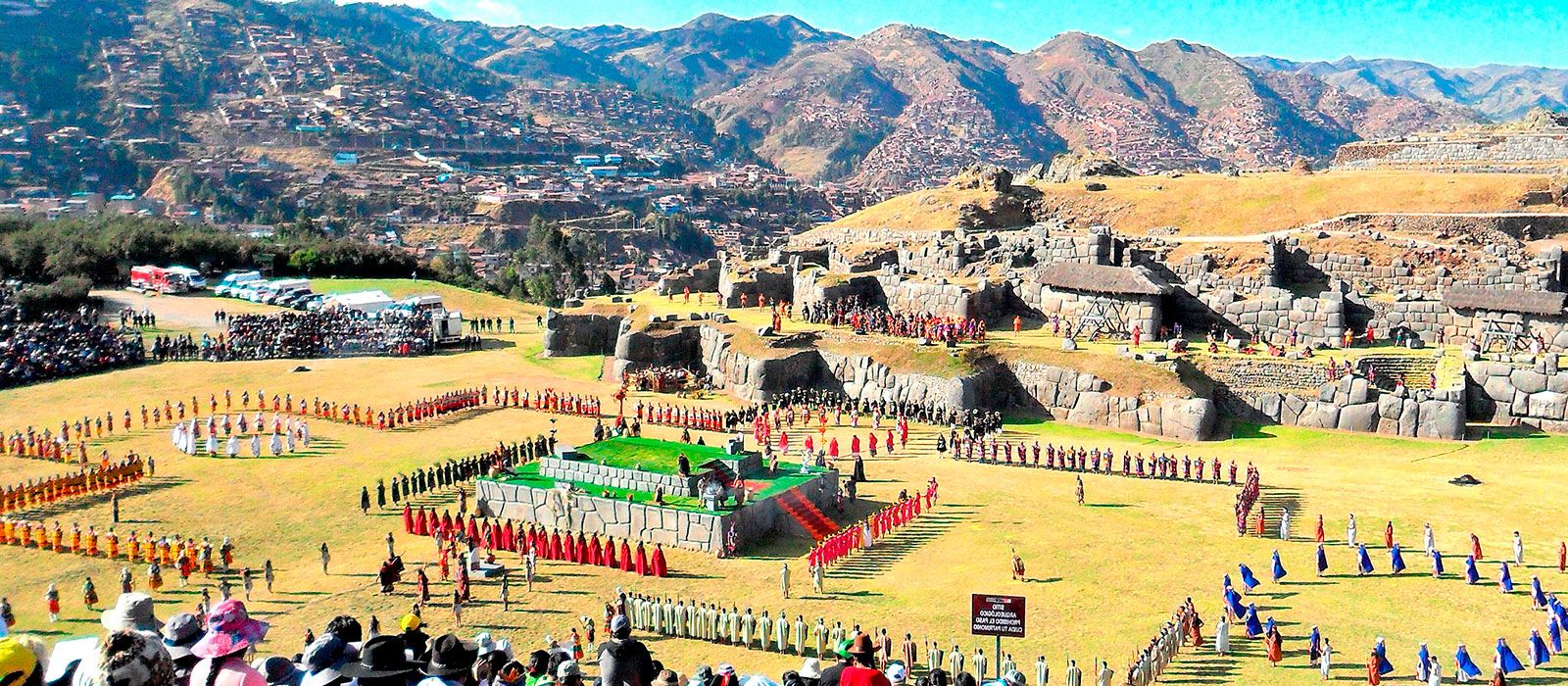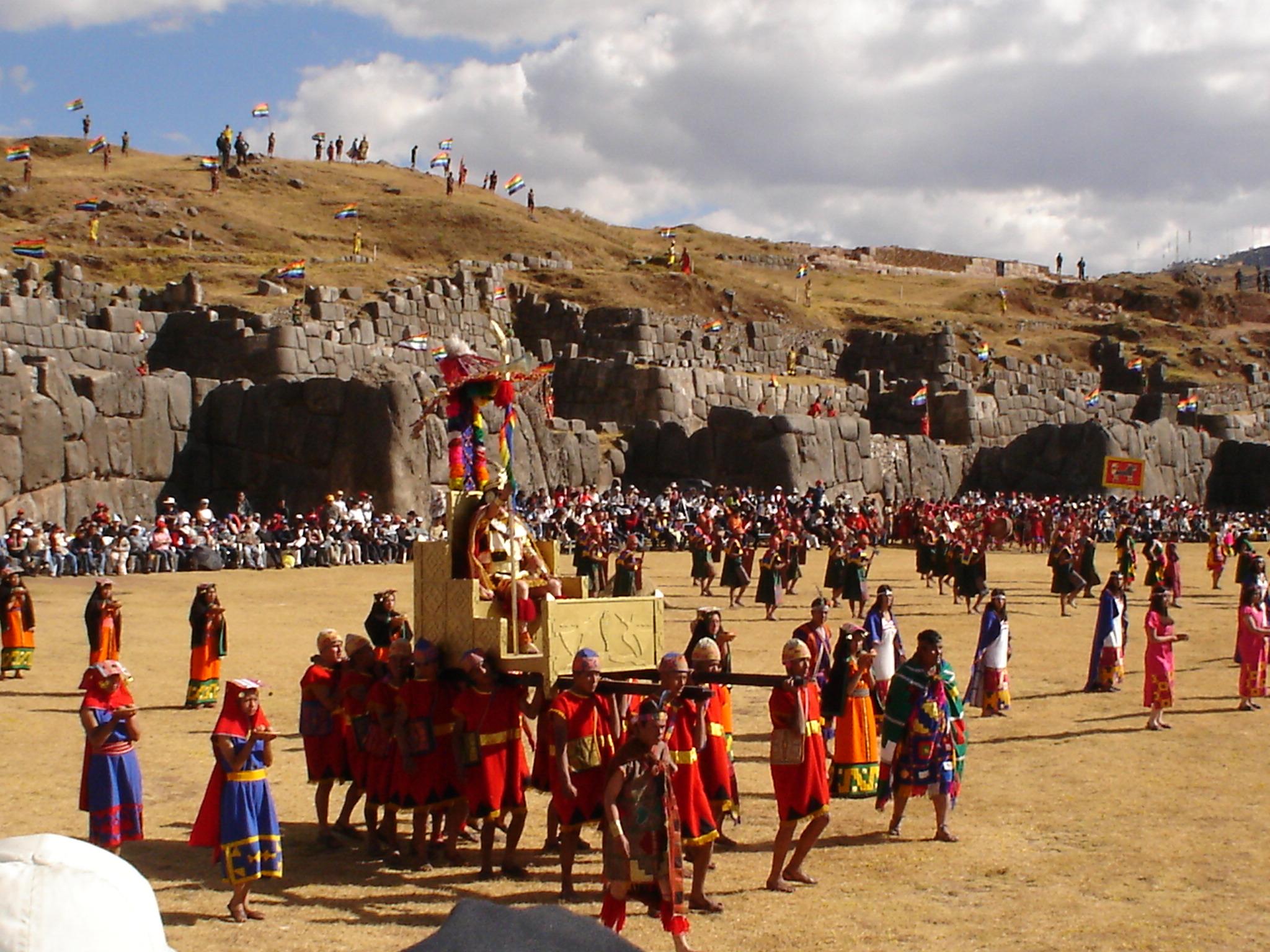Latin America
Related: About this forumMore than 100 pre-Hispanic religious sites linked to ancient Andean cults discovered in Bolivia
APRIL 17, 2023 REPORT
by Bob Yirka , Phys.org
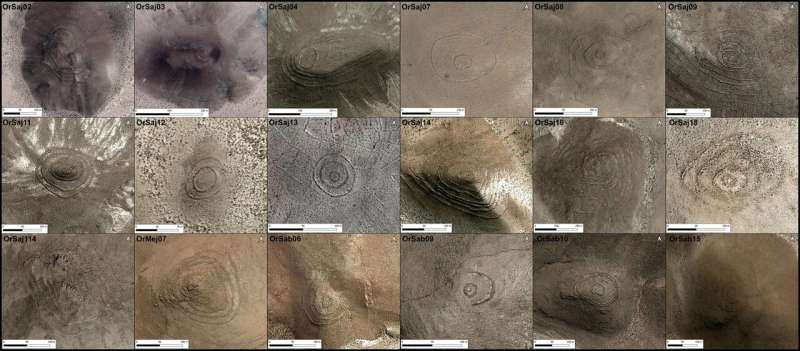
Photographs of the walled concentric sites in the Rio Lauca area of Carangas. Credit: P. Cruz; from GoogleEarth images.
A trio of archaeologists from the National Scientific and Technical Research Council, Argentina, the French National Center for Scientific Research and the Institute of Research for Development, France, has found more than 100 pre-Hispanic religious sites that they believe are linked to ancient Andean cults in Bolivia. In their paper published in the journal Antiquity, Pablo Cruz, Richard Joffre and Jean Vacher, describe the sites they found and highlight one in particular that stood out from the rest.
In this new effort, the researchers were studying hilltops in the Carangas region of Highland Bolivia, which was once home to pre-Hispanic people. By studying images captured by satellites and also examining multiple sites on the ground, the researchers learned more about the sites and to make some guesses regarding their nature and use.
The sites were concentric circles of walls created on hilltops using mostly local material. Most sites featured multiple circles. In all, the research team was able to identify 135 such hilltop sites—all were dated to between AD 1250 and 1600. They note that the large numbers of ceramic fragments found at all of the sites had once been part of plates, jars or bowls—this, they suggest, indicates that the sites had served a ceremonial purpose. Prior research has shown that the people of the region conducted rites known as wak'a, which could have been related to the rings on the hilltops.
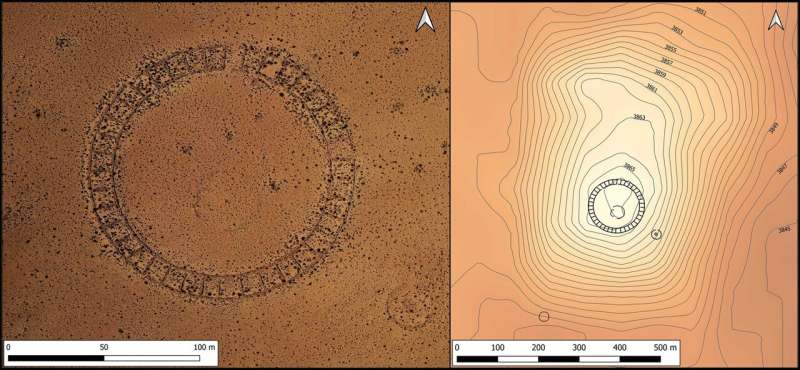
Photograph and site plan of Waskiri. Credit: P. Cruz.
The group also found one site, Waskiri, that stood out from the others due to both its size and intricacy. It was 140 meters in diameter and was made using two circled walls, one inside the other, the second somewhat smaller. The two rings were connected by adjoining enclosures and contained many ceramic fragments. Also, there was what the researchers describe as a plaza at the center of the ring structure, which also featured ceramic fragments. According to the researchers, the design of the circles suggests they may have had an Incan influence.
More:
https://phys.org/news/2023-04-pre-hispanic-religious-sites-linked-ancient.html
JoeOtterbein
(7,702 posts)Judi Lynn
(160,655 posts)Judi Lynn
(160,655 posts)AncientPages.com | April 14, 2023
Conny Waters - AncientPages.com - While investigating at Waskiri, near the Lauca River and the Bolivian-Chilean border, archaeologists made a curious discovery. Scientists found an impressive circular construction on a small hill at the site. The Waskiri structure surprised researchers because of its large dimensions (140m in diameter), design, and regularity. According to researchers, it is a pre-Hispanic ceremonial center with unknown characteristics in the Andes. Why was this puzzling ancient structure built?

Photograph and site plan of Waskiri. Credit: P. Cruz
Scientists say we may find some clues in the chronicles of the evangelizing priest Bartolomé Álvarez who traveled through the Carangas region during the 1580s. "Álvarez received information about the existence of a ‘large circular building’, in which the main Indigenous authorities of the region, curacas and caciques, met to perform ceremonies for the Sun during the month of June—the Inti Raymi, one of the most important annual Incan ceremonies also described by Guaman Poma as well as for other religious celebration," the scientists write in their study.
As explained previously on Ancient Pages, " Inti Raymi is Inca’s Sun Festival traditionally celebrated at Cuzco on June 24, which marks the winter solstice, the shortest day of the year - the Inca New Year (in regions south of the equator the Gregorian months, June and July are winter months.).
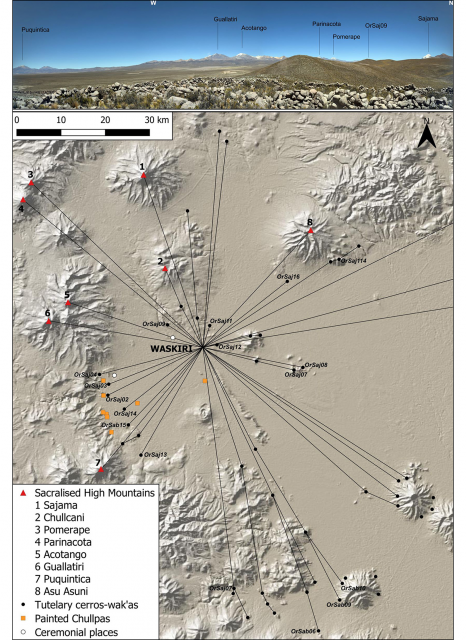
Top view from Waskiri, showing the silhouettes of the main sacred mountains of the region; bottom) distribution of sacred sites around Waskiri. Credits: P. Cruz
It is an ancient Inca religious celebration of "The Inti or Sun." Formerly the Inti Raymi lasted about 15 days, and the last Inti Raymi - carried out with the presence of the Inca Emperor - was in the year 1535; one year before ¨The Spanish Conquest¨ in 1536.
Today, it is a theatrical representation. Thousands of Cuzco and people from all over the world come together to this event, which is one of the most important cultural and traditional manifestations in this part of the world.
More:
https://www.ancientpages.com/2023/04/14/ancient-andean-waskiri-structure/
